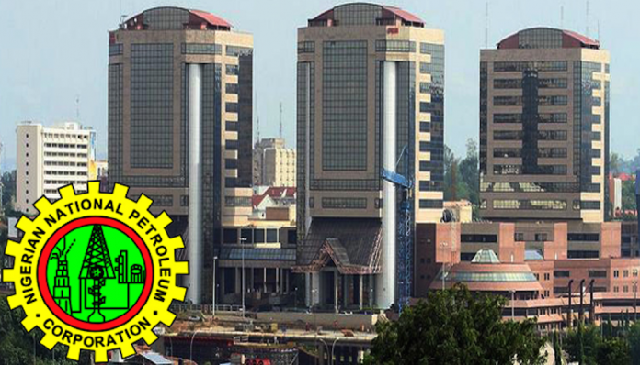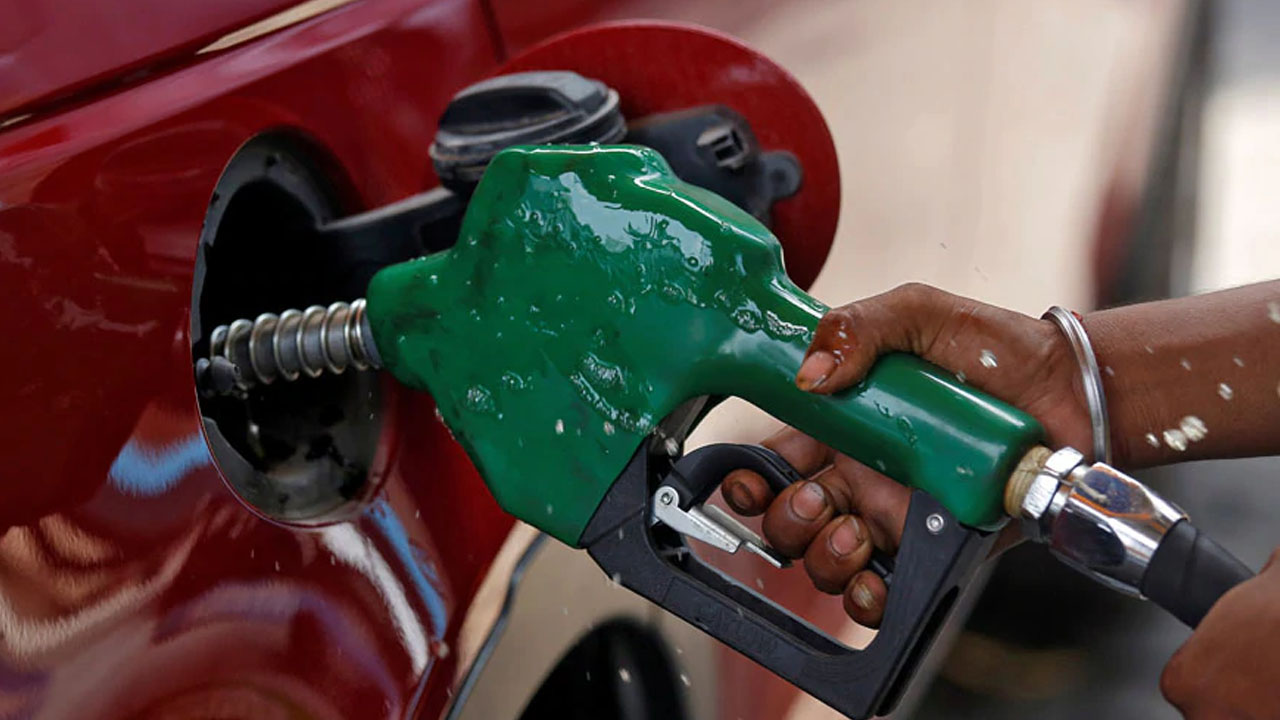The Nigerian National Petroleum Corporation (NNPC) has disclosed that between July 2019 and July 2020, Nigeria flared more gas than it supplied to its domestic industries, averaging about 600.38 million standard feet per day (mmscf/d).
In its July 2020 report on its operations, the NNPC explained that 490.21mmscf/d of gas was sent to industries on the average, making it less than the volume of gas flared. Similarly, the volume of gas flared was slightly lower than the average volume – 680mmscf/d, sent to power generation companies (Gencos) for power production within the period.
It equally said that the volume of gas sent to Gencos enabled them to produce up to 2,617 megawatts (MW) of electricity to the national grid.
According to the corporation, 660.04mmscf/d was flared in July 2019, 698.78mmscf/d in August 2019, 664.70mmscf/d in September, 565.17mmscf/d in October, 632.37mmscf/d in November, and 598.03mmscf/d in December 2019. In January 2020, 643.59mmscf/d was flared, 629.88mmscf/d in February, 679.54mmscf/d in March, 617.32mmscf/d in April, 486.19mmscf/d in May, 472.94mmscf/d in June, and 456.35mmscf/d in July 2020.
On the other hand, it indicated that an average of 500.68mmscf/d was sent to domestic industries in July 2019, 508.82mmscf/d in August, 480.30mmscf/d in September, 458.70mmscf/d in October, 531.82mmscf/d in November, and 525.50mmscf/d in December 2019. In January 2020, 528.10mmscf/d was sent to the industries, 536.71mmscf/d in February, 492.39mmscf/d in March, 445.31mmscf/d in April, 469.15mmscf/d in May, 427.19mmscf/d in June, and 468.09mmscf/d in July 2020.
“For the period of July 2019 to July 2020 an average of 1,170.26mmscfd of gas was supplied to the domestic market comprising an average of 680.05mmscfd or 58.11 per cent as gas supply to the power plants and 490.21mmscfd or 41.89 per cent as gas supply to industries.
“Gas flare rate was 5.99 per cent for the month under review i.e. 456.35mmscfd compared with average gas flare rate of 7.69 per cent i.e. 600.38mmscfd for the period July 2019 to July 2020,” the NNPC said in the report.
In 2018, the Programme Manager for the Nigerian Gas Flare Commercialisation Programme (NGFCP), Mr. Justice Derefaka, had said during a business meeting of the Nigerian Norwegian Chamber of Commerce (NNCC) that Nigeria loses approximately $1 billion of revenue through gas flaring.
Derefaka explained that the country’s inability to capture and commercialise flared gas meant that she loses that much annually, adding that flared gas if properly exploited, has the potential to create 300,000 jobs, produce 600,000 metric tonnes (MT) of liquefied petroleum gas (LPG) per year and generate 2.5 gigawatts (GW) of electricity from new and existing power Gencos as approximately 700mmscf/d is flared from 178 flare sites in the country.
The NGFCP, he indicated will however change the situation when implemented.
The federal government recently said it would not abandon its plan to concession up to 178 identified flare gas fields through its Nigerian Gas Flare Commercialisation Program (NGFCP) which it initiated in 2018.
Derefaka, who disclosed this, had said the country had been working on the modalities to achieve this, adding that the process of concluding the first phase of the NGFCP was ongoing with the bid rounds.
According to the government, the NGFCP was designed as its strategy to eliminate gas flares from oil fields in the country. It noted that with potentially enormous multiplier and development outcomes for Nigeria, the NGFCP will support technically and commercially sustainable gas utilisation projects developed by competent third-party investors.
Source: THISDAY













